In a recent ideabook on mulching, I suggested using ground covers in place of wood or other mulches — and that in fact, ground covers and short plants would lead to a lower-maintenance, more aesthetically pleasing and wildlife-friendly garden.
One of the toughest places to find good plants for is dry soil, from clay to sandy to rocky. My staff (the cats) and I have put together a list of ground covers of diverse backgrounds that might work for you. Their native ranges vary, but I look at this list as proof that there really are plants out there for any condition — all is not lost. Oh, and if you have any ideas for bare ground under a large wooden deck that gets no rain or light, I’m all ears.
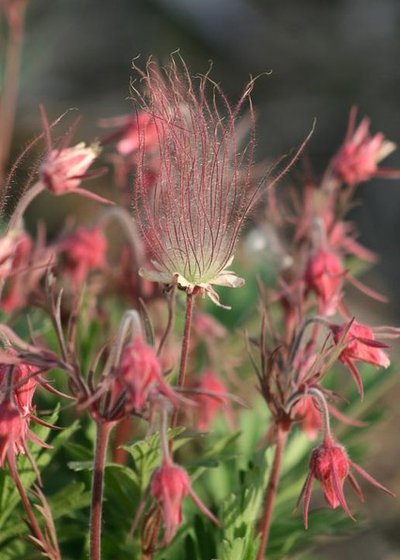
Benjamin Vogt / Monarch Gardens
Prairie Smoke(
Geum triflorum)
Native to the northern Plains and Rocky Mountains over to the West Coast
I put my favorite first. Prairie smoke blooms in April to May, first getting drooping, red buds that soon open into upright and glittery troll-doll hair. Perfect for dry soils in full sun (rocky to clay), it spreads to about a foot wide and tall. In fall many of the flat leaves turn red and orange. Prairie smoke is the epitome of low maintenance.
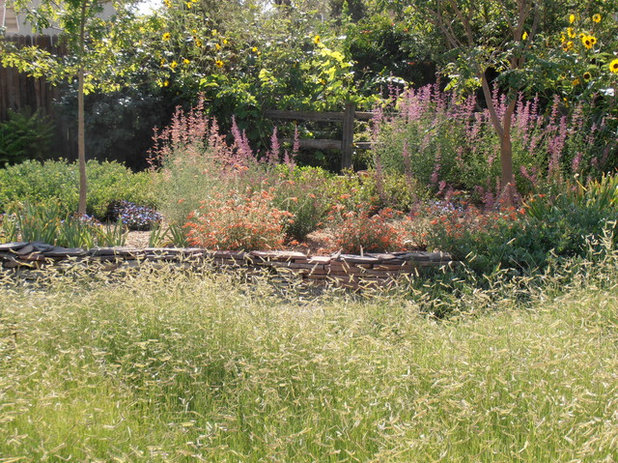
Waterwise Landscapes Incorporated
Blue Grama Grass(
Bouteloua gracilis)
Native to the prairies yet found in almost all of the states west of the Mississippi River
Growing 6 to 12 inches tall, blue grama is great as a lawn alternative that slowly spreads by rhizomes and seed (you can even mow it). Blue grama has a dense root system that’s perfect for preventing soil erosion in full sun, and does well in dry clay. The midsummer seed heads are highly ornamental, as you can see in this image. (Doesn’t it just make you want to take out your lawn?)
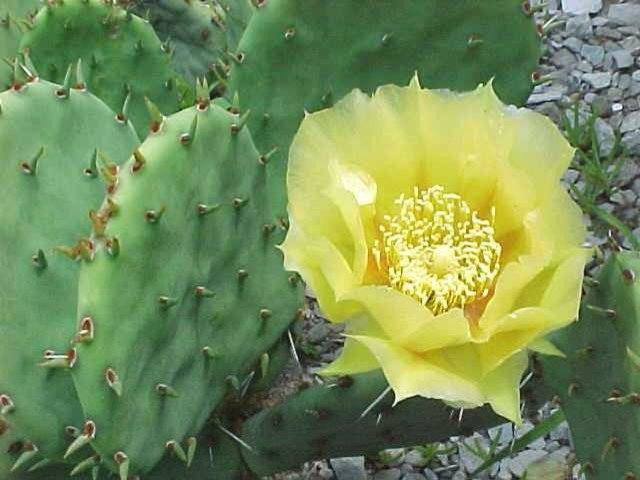
Missouri Botanical Garden
Prickly Pear(
Opuntia compressa)
Native from the Plains to the East Coast
With a modest 1 foot by 1 foot size, prickly pear is an unusual choice. Obviously, you might not want to place this in a place you walk by in shorts, but rabbits don’t eat it. It’s perfect for gravelly soils. The leaves tend to shrivel in autumn but quickly perk back up in spring.
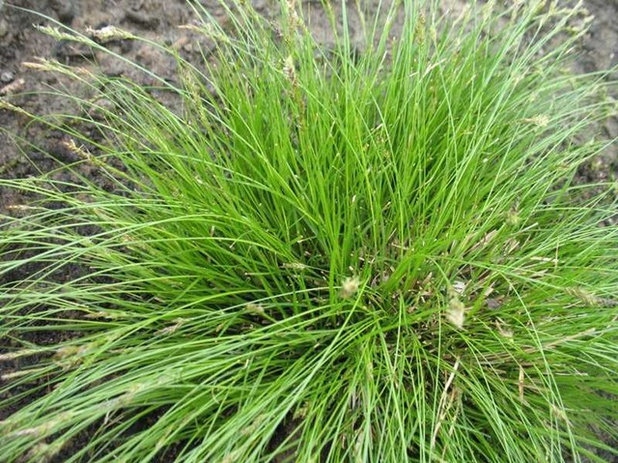
Missouri Botanical Garden
White-Tinged Sedge(
Carex albicans)
Native from the Plains to the East Coast
A slow spreader by rhizomes, with a height and width of 1 foot, this sedge takes almost any circumstance you can throw at it (sun; shade; moist, dry and other soils). Same goes for its cousin
Carex brevior. You’ll see seed heads in May on this lovely, soft ground cover. Hey, why not plant it with prickly pear for a garden oxymoron?
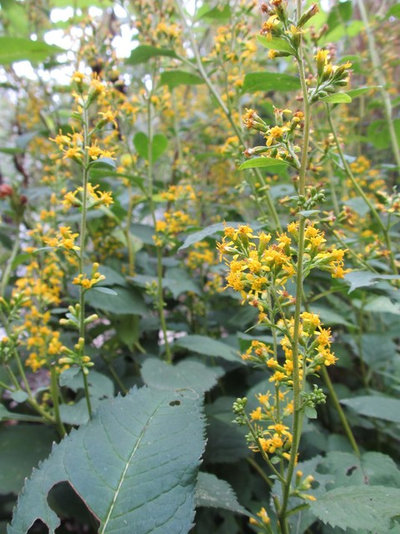
Benjamin Vogt / Monarch Gardens
Zig Zag Goldenrod(
Solidago flexicaulis)
Native from the Plains to the East Coast
This is one of my favorite “plant it and forget it” perennials. Blooming in early fall, zig zag is a major insect attractor and thrives in dry to medium soil (loam to clay) in shade — great for woodland gardens. Zig zag slowly spreads by rhizomes and reaches about 12 to 18 inches tall. Its fragrance is superb.
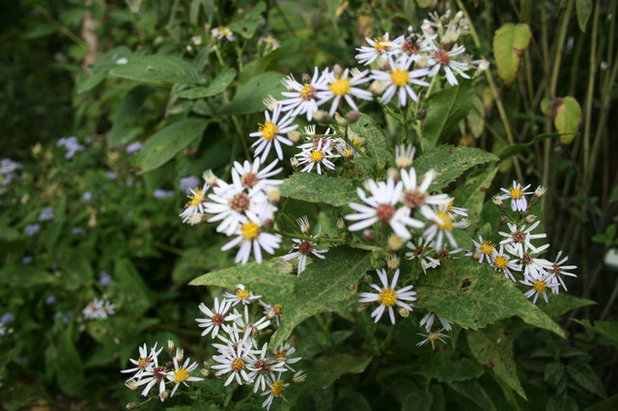
Benjamin Vogt / Monarch Gardens
Bigleaf Aster(
Eurybia macrophylla)
Native to the Great Lakes region, New England and down through Appalachia
Also blooming in early fall, sometimes even August, bigleaf aster will hold its petals longer than most asters. At about 12 inches tall and wide and spreading moderately by rhizomes, it’s a good candidate for filling in holes in the shadow of taller perennials. Shade is best for dry soil like clay, while in sun it appreciates more moisture no matter the soil type. Big leaf is also a caterpillar host for several butterfly and moth species.
Tell us: So what do you think of my list? Any additions? Have some natives to your region that can take tough growing conditions but still find a way to charm?





